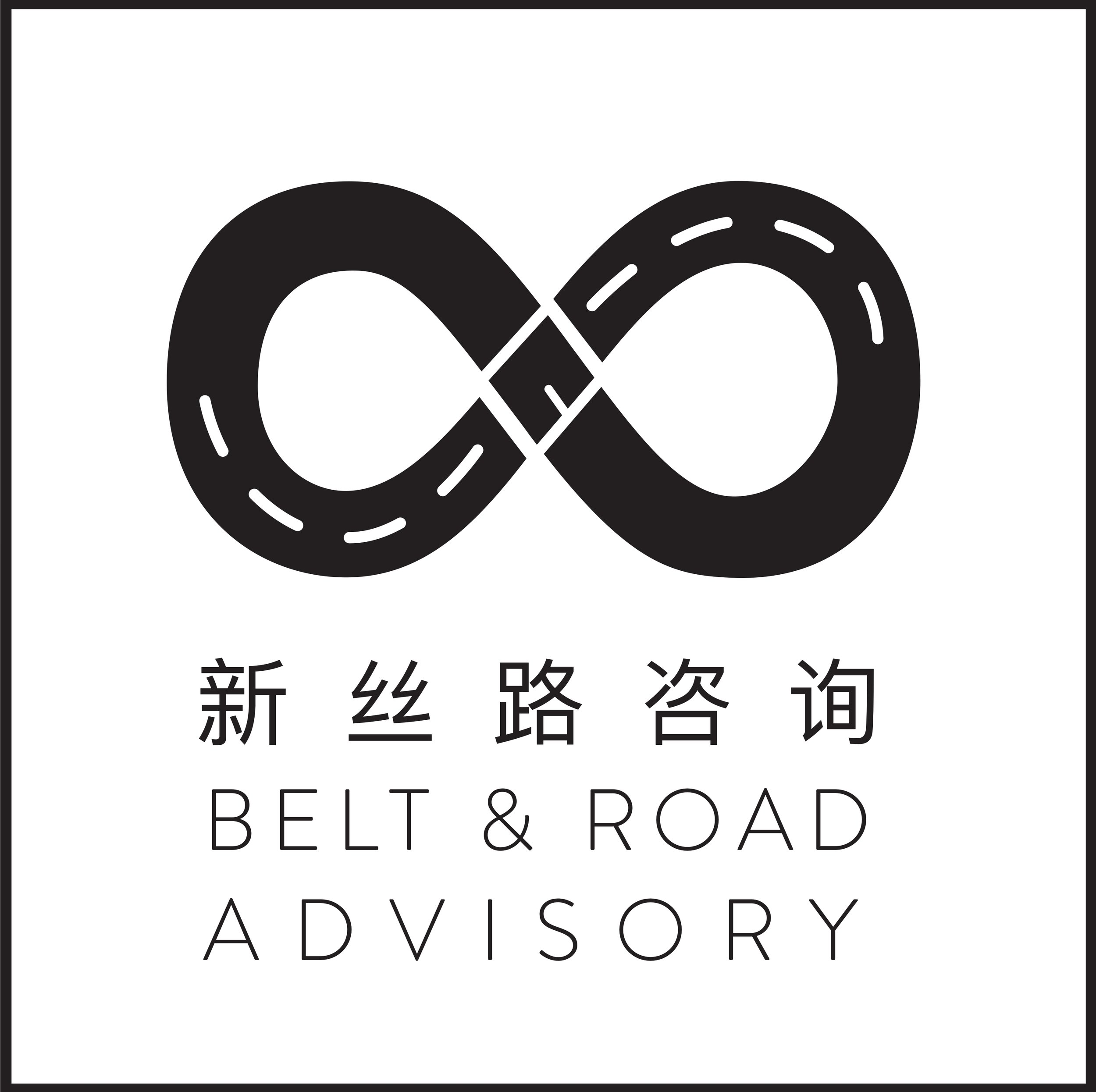Did China's big import expo live up to its expectations?
Three weeks ago, we wrote a piece that outlined the world’s expectations for the inaugural China International Import Exposition (CIIE). Yesterday, CIIE came to an end. Months of preparation, spearheaded by China’s Ministry of Commerce and Shanghai Local Government, including over 150 foreign governments and 3,600 companies, resulted in a landmark event for China in its opening up. The event has shown the world the appetite China has for imports, and China in turn pledged to continue to open its market for more foreign products.
Source: China International Import Exposition
Huge deals were signed at CIIE. In the e-commerce space, giant Alibaba sealed deals worth over $200 billion over the next five years, while competitor JD hit $100 billion. China’s State Owned Enterprises were also in the market for big deals, Sinopec reportedly signed $45 billion of deals alone while China’s offshore oil and gas company CNOOC Ltd signed 20 deals with foreign businesses, including Siemens, Caterpillar and Schlumberger.
Foreign multinationals to sign big deals included Volkswagen, Rolls Royce and Standard Chartered. Volkswagen signed $9 billion worth of deals, Rolls Royce signed a $1.45bn deal with China Eastern for aircraft engines and their maintenance while Standard Chartered signed a $1.6bn deal with China Poly over next 2 years for metals and mining products.
Beyond the big multinational conglomerates, thousands of Chinese companies also engaged in smaller transactions with foreign companies of all sizes. According to MOFCOM, 20% of deals signed were on farming and agricultural equipment and produce; this is no surprise given the trade war now making it harder to source certain agricultural products from the US. For Belt and Road countries, many of which have largely agrarian economies, the Chinese market presents a huge opportunity for their food exports. Kenya is a perfect example; it is the 7th largest global producer of avocados and at CIIE a deal was struck to permit Kenyan avocados to enter the Chinese market. As our former podcast guest Harriet Kariuki commented, this would “greatly benefit [Kenyan] smallholder farmers”. Balsnack, an Estonian snacks brand, broke into the Chinese market through its small stand at CIIE, signing contracts in the region of €50,000. Hungarian poultry was also granted market access into China in a special signing ceremony. Ethiopian coffee, Ghanaian cocoa butter and Moroccan argan oil also sold well with Chinese audiences. Beyond agriculture, high tech was a focus, with MOFCOM reporting that 25% of all deals were in the ‘smart equipment’ space – reflecting China’s desire to accelerate the development of its tech sector.
The city of Shanghai had a buzz to it as 400,000 foreign business people came in search of the next market growth opportunity. By and large, the Expo ran smoothly and, at a time when the US is closing itself to the world’s imports, China successfully created the impression that is becoming increasingly open to them. President Xi said that China would import over $30 trillion of goods and $10 trillion of services over the next 15 years.
These are huge numbers that are difficult to comprehend. But once dissected, foreign commentators were quick to point out that they do not reflect meaningful increases on the current trajectory that China is currently on. This by no means is indicative of China turning into a net importer. As we’ve previously shown, the Chinese export machine is not going away anytime soon. China’s advanced and constantly improving manufacturing sector ecosystem, the push for automated processes, and the desire to near-source given the rising importance of the Chinese consumer - are making China’s manufacturing powerhouse even more powerful.
Additionally, prior to the event, President Xi had said that this was not just another Expo and instead would be used as an opportunity to make new and meaningful opening up announcements. While some countries received market new market access for their products (e.g. Kenya, Hungary, Estonia), these were very much ad hoc gains as opposed to the more systemic policy announcements that had been promised. Xi’s keynote speech of 30 minutes was a lot shorter than many had anticipated, and there was limited new content. Xi’s speech stressed the importance of opening up and improving the business environment, said that the Free Trade Zone Programme should be pushed to new heights (Shanghai and Hainan were both mentioned) and named further sectors (incl. telecoms, culture and education for accelerated opening up). However, there lacked a timeline and specific policy measures announced. The European Chamber of Commerce in China released a statement in the aftermath of the event highlighting their disappointment; pointing out that such promises have been made before, and not delivered on before. Volkswagen said that their $9 billion of deals were business as usual, and would have happened with or without CIIE.
With CIIE set to become an annual event, it’s now very important that China follows through on promises and outlines roadmaps and systemic policy measures. CIIE was a success for commercial wins, but ultimately these are short term bonuses as opposed to the kind of long term measures that will present the sustained export opportunities Belt and Road countries are looking to China for.
Unless these kind of measures accompany CIIE; the history books will reflect back on this inaugural event as just another Expo, in contrast to President Xi’s own expectations for the event that he set out earlier this year.

